Mechanical watches have fascinated humanity for centuries, serving as both functional timekeeping devices and intricate mechanical marvels. How does a mechanical watch read the time with such precision and accuracy? In this article, we will explore the inner workings of mechanical watches, from the mainspring to the escapement, and understand the intricacies of how they tell time.
At the heart of every mechanical watch lies the mainspring. This coiled spring is responsible for storing the potential energy required to keep the watch running. When the mainspring is wound, it tightens and stores energy that is gradually released as it unwinds, powering the various components necessary for timekeeping.
The gear train forms a critical part of a mechanical watch, as it transfers the energy from the wound mainspring to the rest of the movement. Comprised of a series of precisely engineered gears, each with different sizes and numbers of teeth, the gear train ensures the smooth and continuous transfer of energy, allowing for the accurate timekeeping mechanism.
The escapement is the mechanism responsible for regulating the release of energy from the mainspring. It consists of several components, including the escape wheel, pallet fork, and balance wheel. As the mainspring unwinds, the escapement ensures that a controlled amount of energy is released with each swing of the balance wheel, allowing for precise measurements of time.
The balance wheel acts as the timekeeping regulator in a mechanical watch. This wheel, oscillating back and forth, sets the watch's beat or frequency. The balance wheel's period of oscillation determines the watch's accuracy, with most mechanical watches operating at a frequency of 28,800 vibrations per hour. Various adjustments can be made to the balance wheel to ensure greater accuracy, such as adding weights or modifying the hairspring.
The dial, also known as the face of the watch, showcases the time to the wearer. Typically marked with hour, minute, and second indicators, the dial serves as the canvas for displaying the intricate movement of the hands. The hands, powered by the energy transmitted through the gear train, move in harmony to indicate the passage of time.
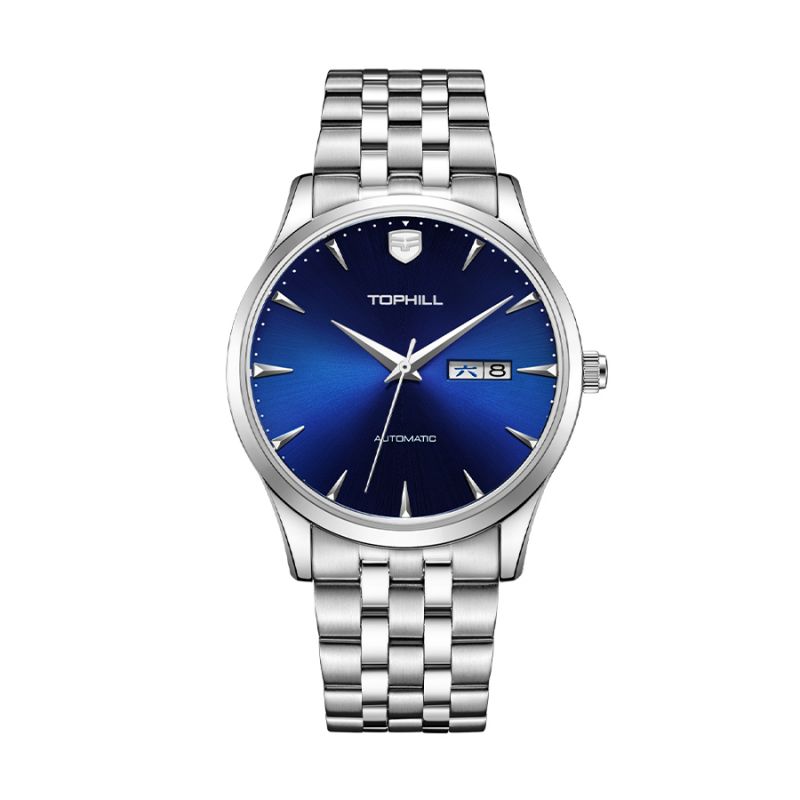
Proper maintenance is crucial for the accurate functioning and longevity of mechanical watches. Regular cleaning, lubrication, and adjustments by skilled watchmakers help to keep these timepieces running smoothly. Periodic checks and service ensure that each component is in perfect working order, allowing the intricate mechanical watch to continue reading time with precision for generations to come.
By understanding the inner workings of mechanical watches, we gain a greater appreciation for the precision and artistry involved in their creation. From the mainspring to the escapement, each component plays a crucial role in allowing these timekeeping marvels to accurately read time. So, the next time you admire a mechanical watch elegantly ticking away, remember the rich tapestry of mechanics behind it that makes this marvel of engineering possible.
Tags: Classic mechanical watch Men's mechanical watch Custom mechanical watch
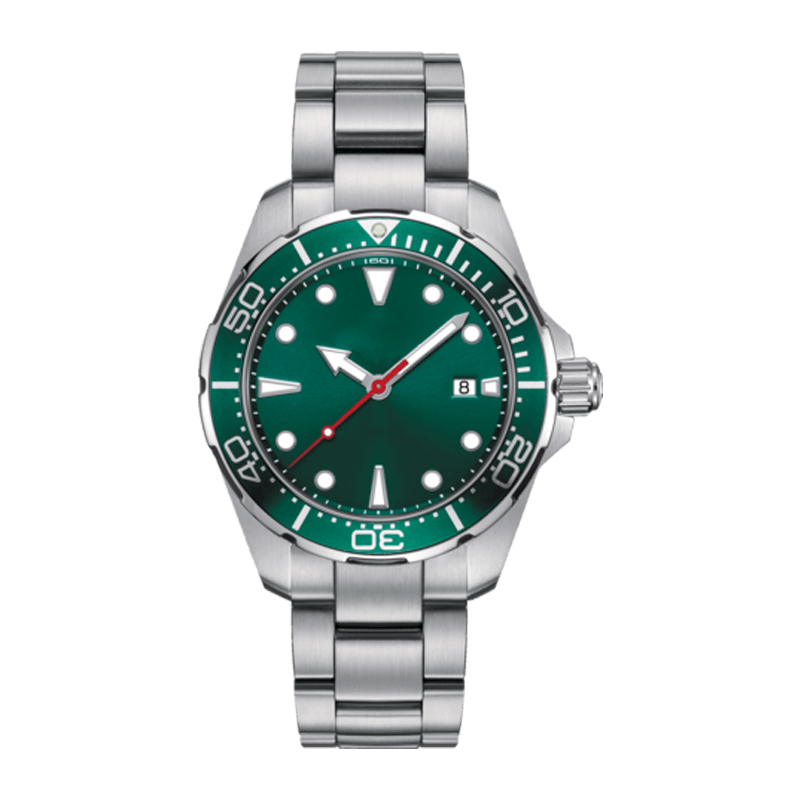 Tired of Leakage Issues? Can a Professio
Tired of Leakage Issues? Can a Professio
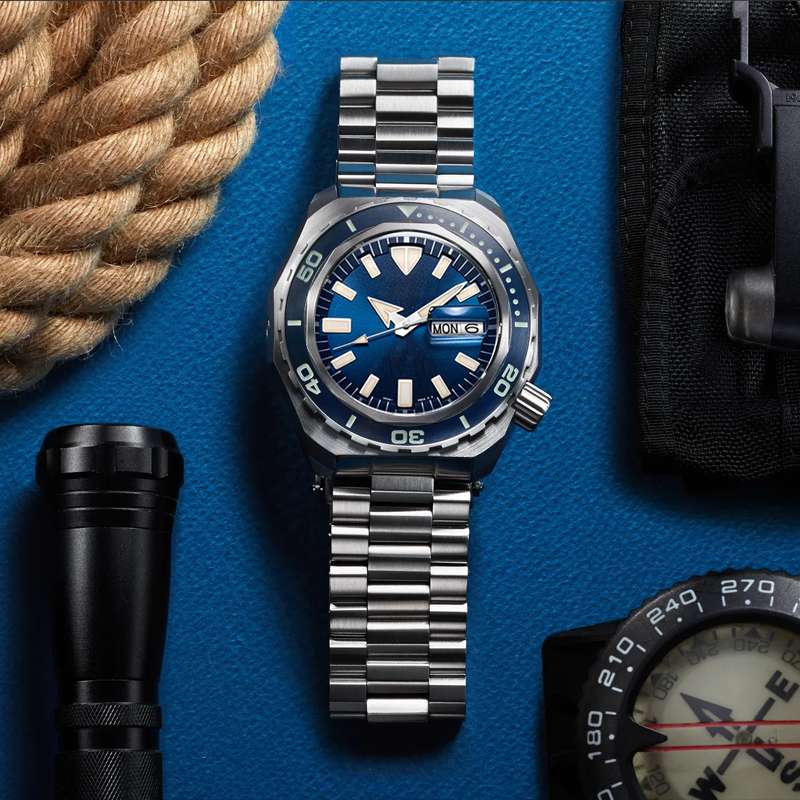 What Are the 5 Key Features to Inspect B
What Are the 5 Key Features to Inspect B
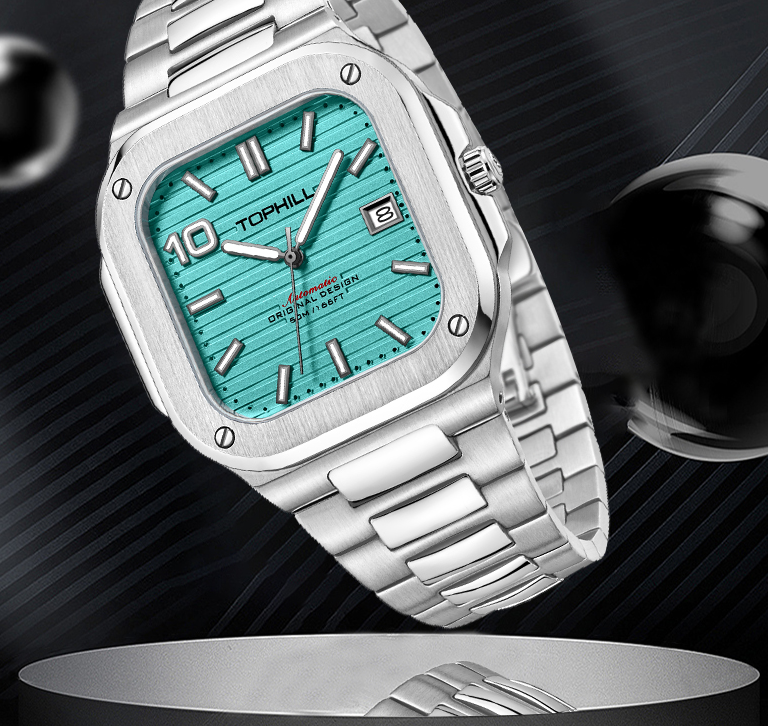 How to Clean Stainless Steel Bands: A De
How to Clean Stainless Steel Bands: A De
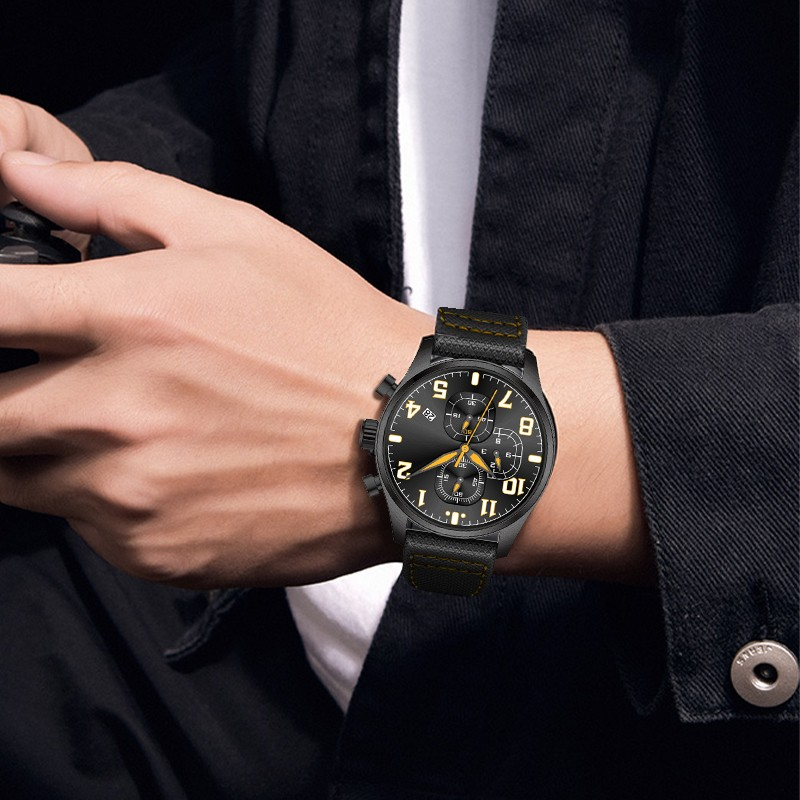 How Does a Seiko Stainless Steel Watch C
How Does a Seiko Stainless Steel Watch C
Super Time